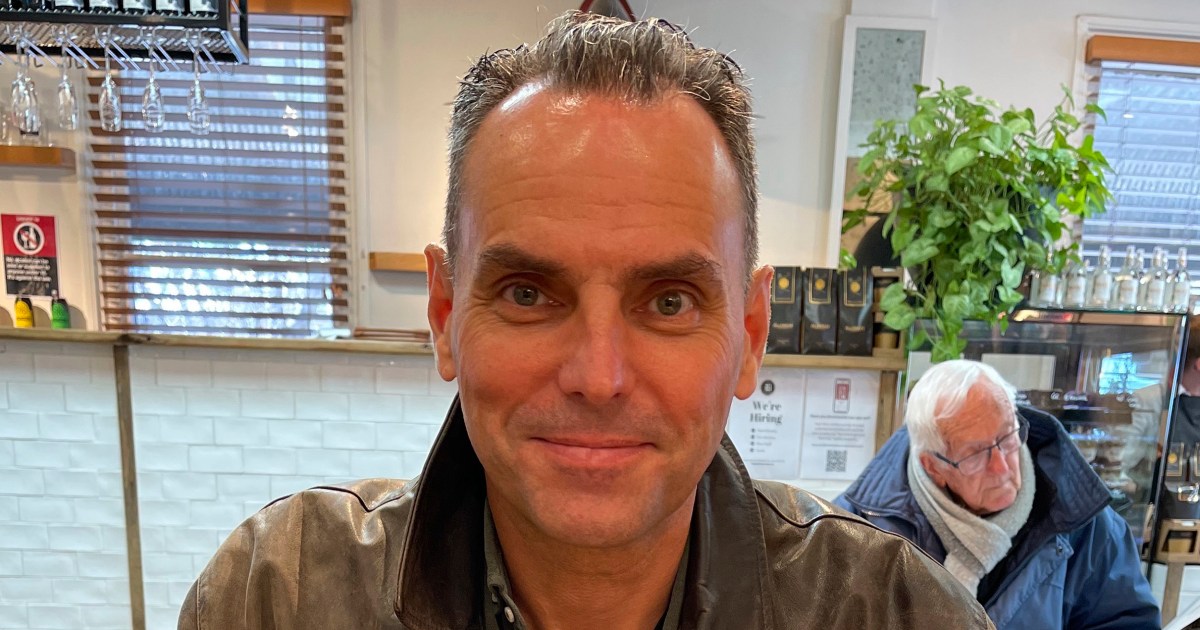World
Your daily cup of coffee could get more expensive because of climate change

Coffee lovers and café dwellers are likely to see the price of a cup of joe increase soon, experts warn.
The price of arabica coffee beans, the high-quality beans found in most restaurants and shops, spiked this month, recently jumping to $3.50 a pound.
That’s up 70% this year, which has brought the highest prices for the crop since 1977.
Adjusted for inflation, $3.50 would be about $0.66 in 1977. Prices increased back then because a frost killed more than a billion coffee bean trees.
And today, experts say, climate change is to blame.
“We’ve seen significant drought in some of the key coffee-growing areas in the world, places like Brazil, which is the largest coffee exporter in the world,” said David Ortega, a professor of food economics and policy at Michigan State University.
Ortega studies the supply chain and how ingredients move from farmers to the grocery store.
He said droughts, frost, floods, high temperatures and other unpredictable weather played a role in diminished crop yield in Brazil and Vietnam, another major coffee exporter.
Vietnam grows robusta beans, slightly lower-quality beans used for products including instant coffee.
“We’re going to see these types of [climate] events just get more frequent into the future. And so we have to start taking this seriously and make investments in agricultural research and development to be able to mitigate and tackle the impacts of climate change on our agricultural production and agricultural system,” Ortega said.
“One impact of this is a rise in cost, which then gets translated to a rise in price for consumers,” he added.
Consumers will feel the increase, but so will the roasters and distributors who get them their pick-me-up cup.
“Climate change is the No. 1 factor on the increase and change in prices in the coffee market. It puts a lot of stress on the market. The supply is down and the demand is up,” said Jackie Newman, vice president of World of Coffee Inc.
World of Coffee is a family-owned business that processes raw green coffee beans and packages them for private labels, food services and coffee shops.
Newman said the company’s products are served to thousands of customers across the country every day.
“We’re going to try to be as fair as possible and eat as much of the cost as we can. Obviously, people still need their cup of coffee in the morning,” Newman said. “But we also have to make sure that we’re accounting for all of our costs, not just the increase in coffee but also the increase in packaging and labor costs, as well.”
She expects coffee prices could increase anywhere from 50 cents to $1 a pound in the coming days.
“People are very reactive to coffee prices, and this affects everyone down the chain. The farmers are impacted because they have very low supply. The green coffee sellers are affected because they don’t have that much coffee to sell and the demand is high,” she said.
“Roasters are extremely affected because the price is so high and we still have our customers that we have to fill orders for. That does trickle down the chain and affects the everyday consumer,” Newman added.
“There is just simply not enough coffee to go around.”
The forecast for other crops could follow a similar trend.
“If we look at the recent floods in Europe, for example, that impacted the Valencia region [in Spain], a key agricultural producing region in that country, it had some pretty detrimental effects on things like oranges,” Ortega said.
“If you look back, not that long ago, two years ago, we had a mega drought out West in places like California, where a lot of our specialty crops are grown. Things like lettuce that saw a significant rise in price a couple of years ago, even beef production was impacted by that mega drought. And we’re feeling the effects on beef prices at the moment,” he said.










